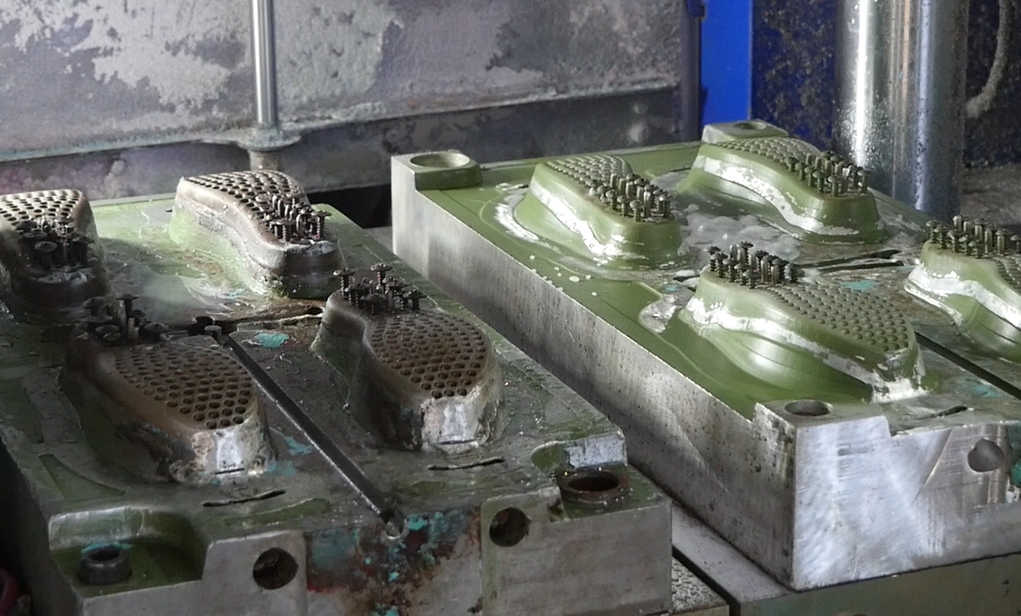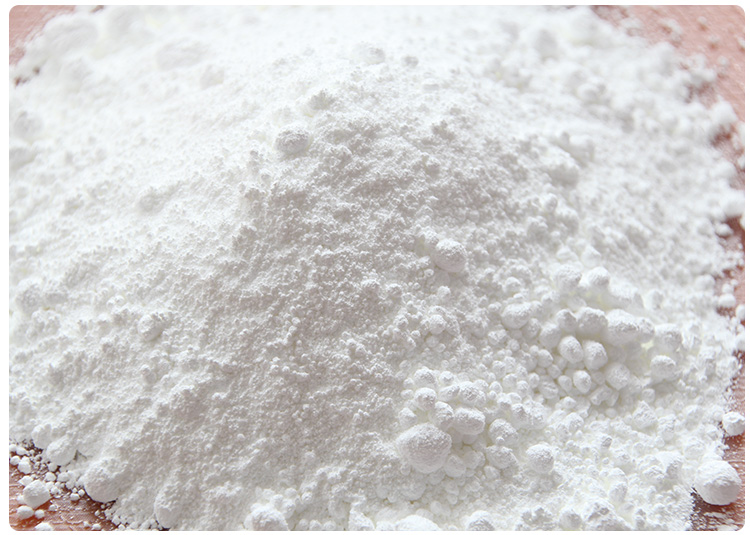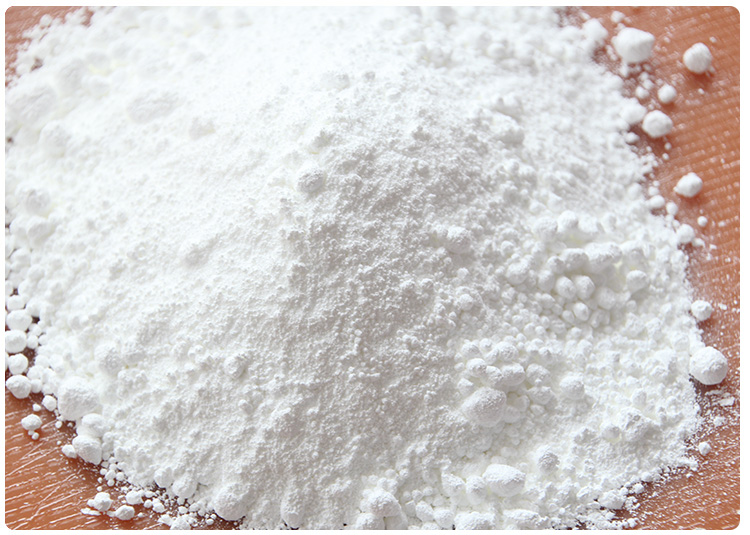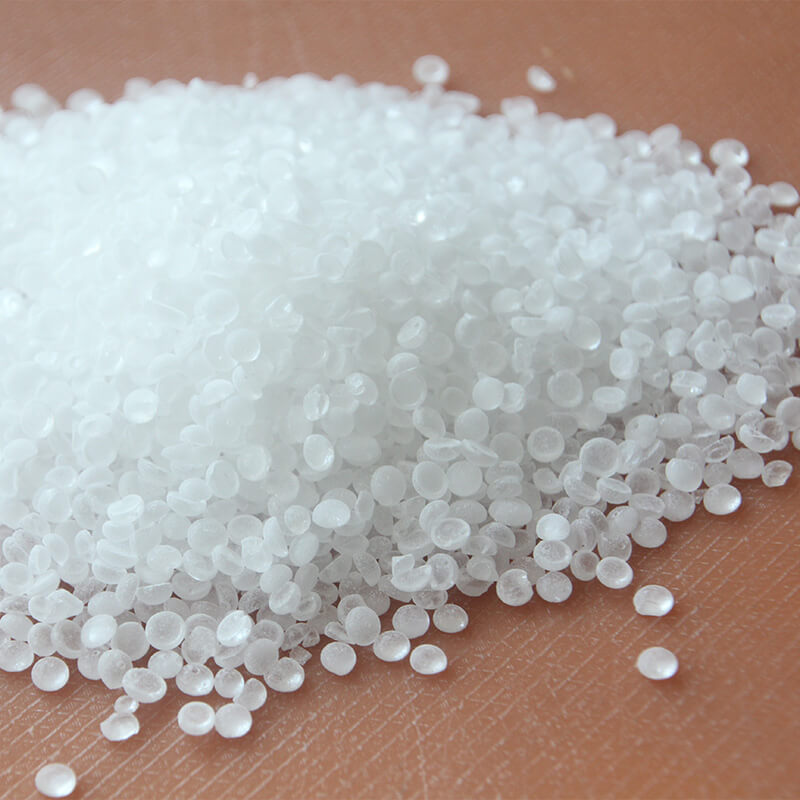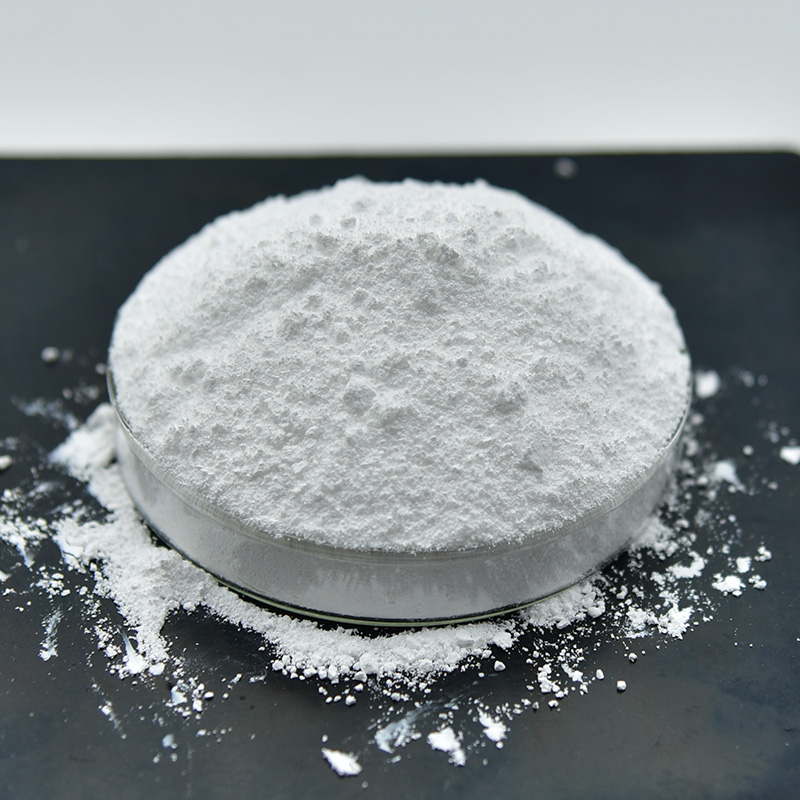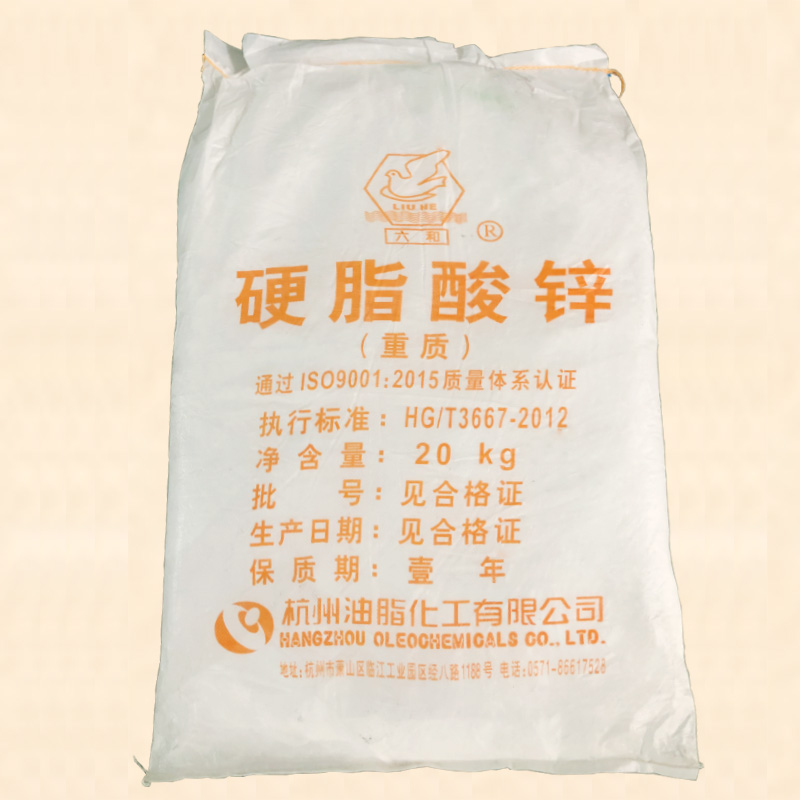EVA foaming formula raw materials and process
- Mingpai
- 2024-06-22 10:14:20
EVA (Ethylene-Vinyl Acetate) foam is a widely used material known for its lightweight, flexibility, cushioning properties, and durability. It's commonly found in products like shoe soles, sports equipment, packaging materials, and more. The production of EVA foam involves a combination of raw materials and a specific manufacturing process. Here's an overview:
Raw Materials:
Ethylene-Vinyl Acetate Copolymer (EVA): This is the primary component, providing the basic structure of the foam. The ratio of ethylene to vinyl acetate can vary, with higher vinyl acetate content (typically 15% to 40%) resulting in more elasticity and softness.
Blowing Agent: Responsible for creating the cellular structure in the foam. Common blowing agents include physical blowing agents like nitrogen or carbon dioxide, and chemical blowing agents that decompose at specific temperatures releasing gases like azodicarbonamide (ADC) or sodium bicarbonate.
Crosslinking Agent: Enhances the strength and heat resistance of the foam. Typically, organic peroxides like dicumyl peroxide are used to induce crosslinking during the foaming process.
Oil or Plasticizer: Added to improve flexibility and reduce hardness. Examples include mineral oil or phthalate-free plasticizers.
Stabilizers and Antioxidants: Prevent degradation during processing and enhance the foam's longevity. Commonly used are hindered amine light stabilizers (HALS) and phenolic antioxidants.
Fillers and Pigments: Optional ingredients to modify properties or color. Calcium carbonate can be used as a filler to reduce cost, while pigments provide color.
Manufacturing Process:
Mixing: The raw materials are accurately weighed and mixed together in an internal mixer or Banbury mixer under heat. The goal is to evenly disperse all components throughout the EVA copolymer.
Sheet Extrusion or Molding: The mixed compound is then fed into an extruder where it is melted and further mixed. In the case of sheet foam, the molten mixture is extruded through a die to form a sheet, which is then passed through a cooling roller to initiate the cell formation by the blowing agent. For molded products, the mixture is injected or compression molded into a desired shape.
Foaming: As the mixture cools or is subjected to a controlled heating process, the blowing agent generates gas bubbles, causing the material to expand and form a cellular structure. Crosslinking also occurs during this stage, enhancing the foam's dimensional stability and mechanical properties.
Curing: Depending on the type of crosslinking agent used, the foam may need to undergo a curing process to complete the crosslinking reaction. This could involve additional heating steps.
Trimming and Finishing: After cooling, the foam is trimmed to remove any irregular edges and shaped or cut according to the end product requirements.
Quality Control: Finished products undergo quality checks for density, dimensional stability, and other performance characteristics before being packaged and shipped.
Understanding the precise ratios and conditions for each step is critical for achieving the desired properties in the final EVA foam product. Adjustments to the formula and process parameters can significantly impact the foam's density, hardness, resilience, and other performance attributes.
